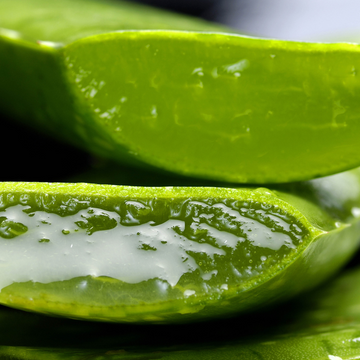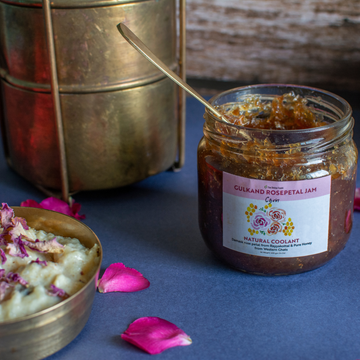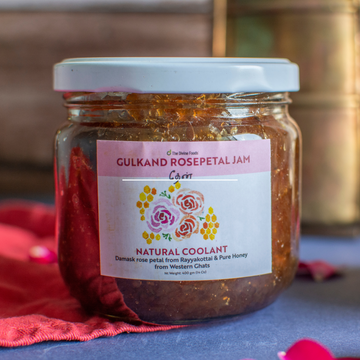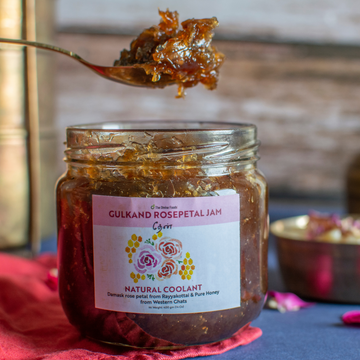One of the easiest ways to check adulteration in turmeric powder is to take a pinch of turmeric powder in your palm and rub it with your thumb for 15-20 seconds. Pure turmeric will stick to your palm, leaving behind a deep yellow colour.
Adulteration of Turmeric Powder
Turmeric is one of the most popular spices used in every Indian household. The demand for organic turmeric powder has been rising each year. But this rise in demand has given birth to a lot of unfair practices.
In 2019, Stanford researchers published a study in Environmental Science & Technology unveiling the presence of the lead chromate pigment in the turmeric powder. The usage of lead chromate has been banned in the food industry due to its correlation with cardiovascular diseases and various other diseases. Hence it is important that you only consume organic turmeric powder that has 100% natural turmeric in it.
Tip: The Bureau of Indian Standards suggests a minimum of 3% curcumin for powdered turmeric. The Divine Foods organic turmeric powder has 5.25% curcumin in it.

There is a huge demand for Indian spices in the world and this demand is increasing year on year. The spice business offers huge profits but it also has a lot of competition which has motivated numerous players in the industry to undertake unethical methods.
Since turmeric is not only used as a flavouring agent it is also revered as Ayurvedic medicine to boost immunity and act as an anti-inflammatory. Hence adulteration in turmeric powder is a huge threat. Turmeric powder is adulterated by:
- Mixing it with chalk powder to increase the volume of the turmeric powder
- Adding metanil yellow which is often used in the making of the ladoos and mithais to add the yellow colour
- Starch is added to the volume of the turmeric powder
Easy Steps You Can Carry Out to Test Adulteration in Turmeric Powder:
Aroma Test
Authentic turmeric powder has a distinct, but mild, earthy aroma to it. On the other hand, impure one will not have any aroma to it.
Colour Test
Another way to check the adulteration in turmeric powder is to inspect its physical and visual appearance. This can be tricky sometimes but here is how you can carry out this test.
The colour of the pure turmeric powder will be adulteration in turmeric powder. The colour of the impure turmeric powder will be lighter or dull yellow.
Palm Test
Put a pinch of turmeric powder on your palm and with the thumb of the other hand rub the powder for 15-20 seconds. Pure turmeric powder will stick to your palm, leaving behind a deep yellow colour.
If you tilt your palm upside down much of the turmeric powder will stick to your palm. But if a huge amount of turmeric powder falls it means it has been adulterated.
You can easily carry out this test at the vendor’s shop to check the purity of the turmeric powder.
Water Test
You can carry out this test at your home. All you have to do is take lukewarm water in a glass and add a teaspoon of turmeric powder to it for about 10-15 minutes.
If the turmeric powder settles down then the turmeric powder is genuine and if it doesn’t settle down and leaves dark yellow colour then it is adulterated.

Metanil Yellow Test
Metanil yellow is a carcinogenic and toxic synthetic dye that is one of the most common adulterants used in turmeric powder.
To detect the presence of metanil yellow take a pinch of turmeric powder in a test tube and add a few drops of concentrated hydrochloric acid in it and shake it vigorously.
If the colour of the solution turns pink then it has the presence of the metanil yellow. Consuming turmeric powder rich in metanil yellow will make you feel nauseous, cause stomach disorders, and food poisoning.
Chalk Powder Test
Some vendors use chalk powder as a filler in cheap or low-quality turmeric powder.
To check the presence of the chalk powder in the turmeric powder take a teaspoon of turmeric powder in a test tube and add some water and few drops of water and few drops of hydrochloric acid in it.
If the solution releases bubbles then it indicates the presence of chalk powder. Consuming too much of it can cause indigestion.
Lead Chromate Test
The lead chromate is used to enhance the turmeric’s colour and is highly dangerous.
To detect the lead chromate in the turmeric powder, mix a teaspoon of turmeric powder with water and it will immediately leak the streaks of water-soluble colour in the solution and this indicates the presence of the lead chromate in the solution.
Starch Test
Starch is found in rice, maize, etc. and it is used to increase the volume of the turmeric powder. To test the presence of the starch in the turmeric powder place the powder under the microscope.
Turmeric particles will appear yellow, angular, and bigger whereas the starch particles will appear pale, white, rounded, and smaller.
The Divine Foods turmeric powder is 100% natural and has more than 5% curcumin in it which is more than what other brands are offering. Buy The Divine Foods Organic Turmeric Powder.

![[8 Easy Tests] How To Check Adulteration in Turmeric Powder?](http://www.thedivinefoods.com/cdn/shop/articles/Blog_3.jpg?v=1630989550&width=360)



